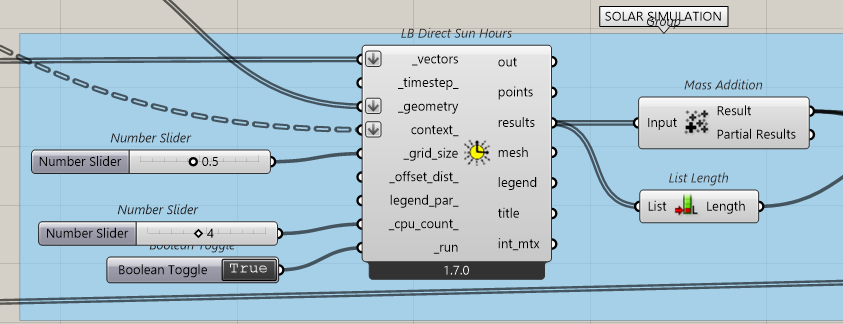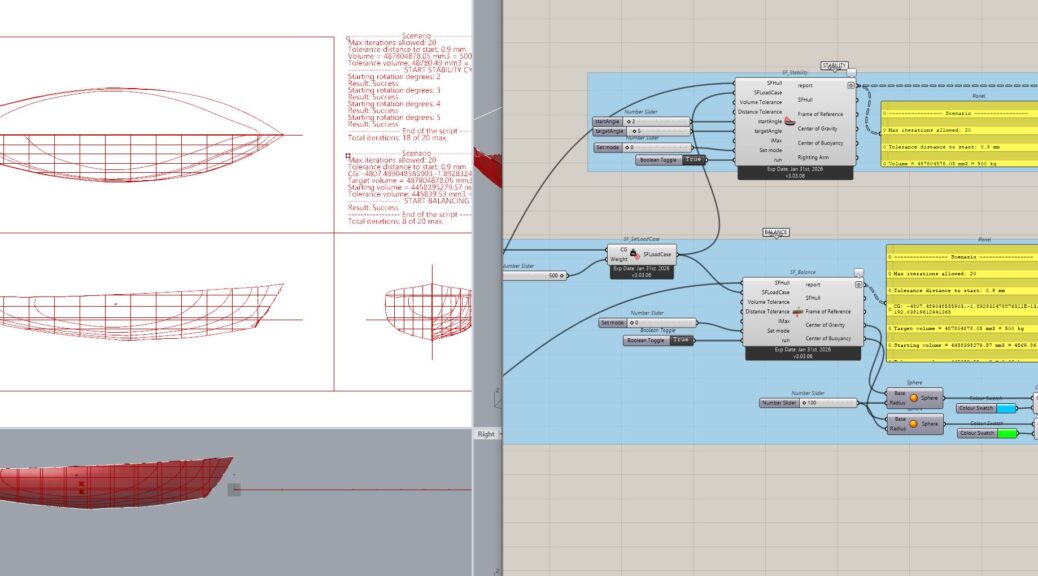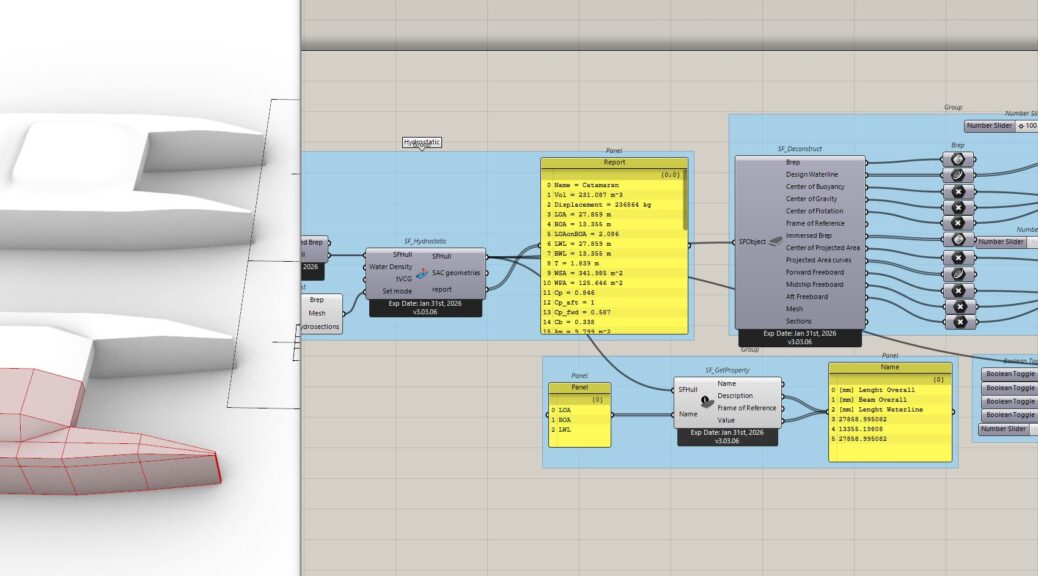Before exploring and analyzing the corpus chosen for the representation of atmospheres, a simple example will be observed to measure the difficulty of the game of the representation of atmospheres in the project. This example is that of the choice that a designer could have between the strip window and the vertical window of the Renaissance type. This example has already been mentioned in the previous chapter as representative of the gap that can occur between an architectural discourse, the realization and the perception of the users. It seemed interesting to us at the beginning of the discussion on figuration to show that representation is a complex act passing through words and drawing.
Archives par mot-clé : grasshopper
Grasshopper – Swordfish tutorial – 03
Présentation des Logiciels
Swordfish
Swordfish est un outil de calcul et d’analyse spécialisé pour l’architecture navale. Il permet d’évaluer la stabilité, la résistance structurelle et la performance hydrodynamique des navires. Son intégration avec Grasshopper permet une approche paramétrique de la conception navale, facilitant l’exploration de multiples itérations et optimisations.
Grasshopper
Grasshopper est un plugin de modélisation paramétrique pour Rhinoceros 3D. Il permet de générer des formes complexes à l’aide d’une approche visuelle basée sur des nœuds et des connexions, plutôt que par des scripts de programmation. Très utilisé en architecture, en design et en ingénierie, il offre une grande flexibilité pour la conception et l’optimisation des formes.
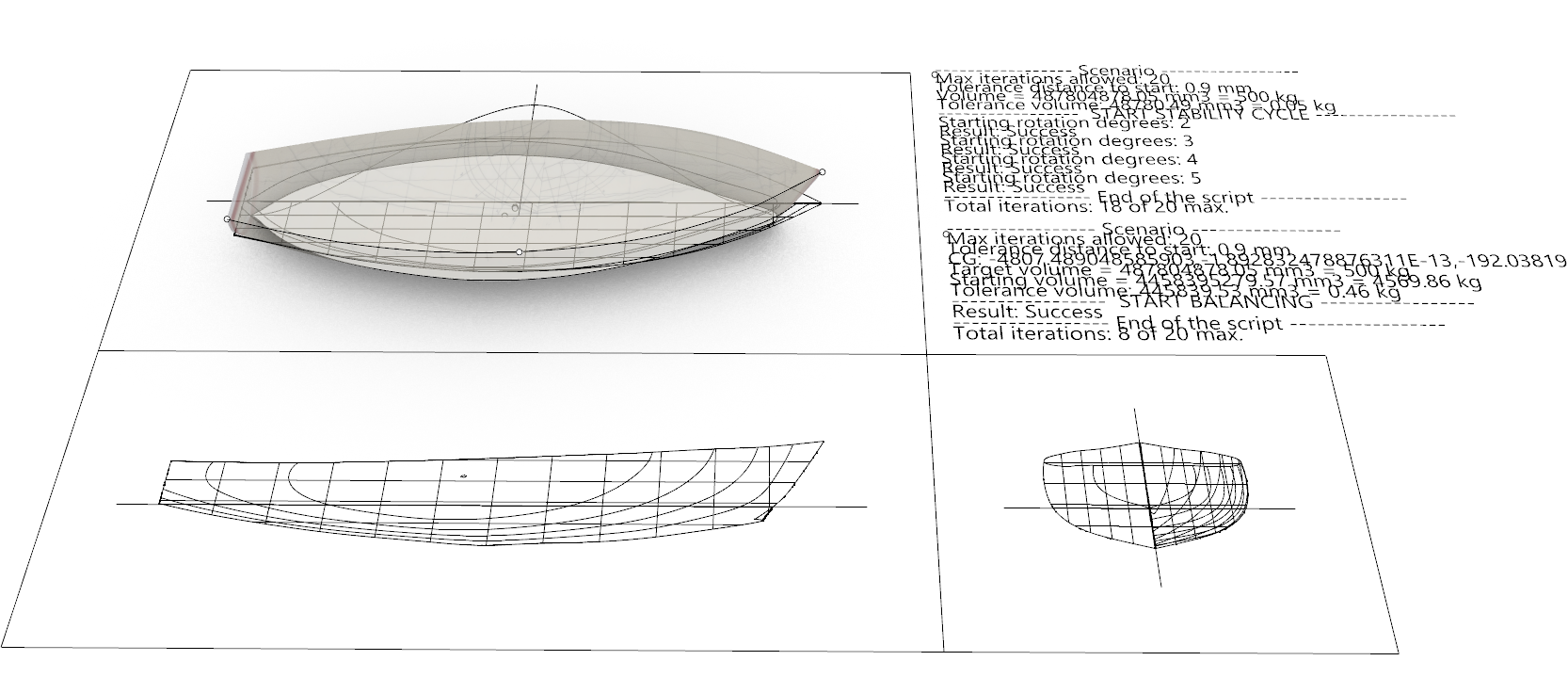 Continuer la lecture de Grasshopper – Swordfish tutorial – 03
Continuer la lecture de Grasshopper – Swordfish tutorial – 03
Grasshopper – Swordfish tutorial – 02
Présentation des Logiciels
Swordfish
Swordfish est un outil de calcul et d’analyse spécialisé pour l’architecture navale. Il permet d’évaluer la stabilité, la résistance structurelle et la performance hydrodynamique des navires. Son intégration avec Grasshopper permet une approche paramétrique de la conception navale, facilitant l’exploration de multiples itérations et optimisations.
Grasshopper
Grasshopper est un plugin de modélisation paramétrique pour Rhinoceros 3D. Il permet de générer des formes complexes à l’aide d’une approche visuelle basée sur des nœuds et des connexions, plutôt que par des scripts de programmation. Très utilisé en architecture, en design et en ingénierie, il offre une grande flexibilité pour la conception et l’optimisation des formes.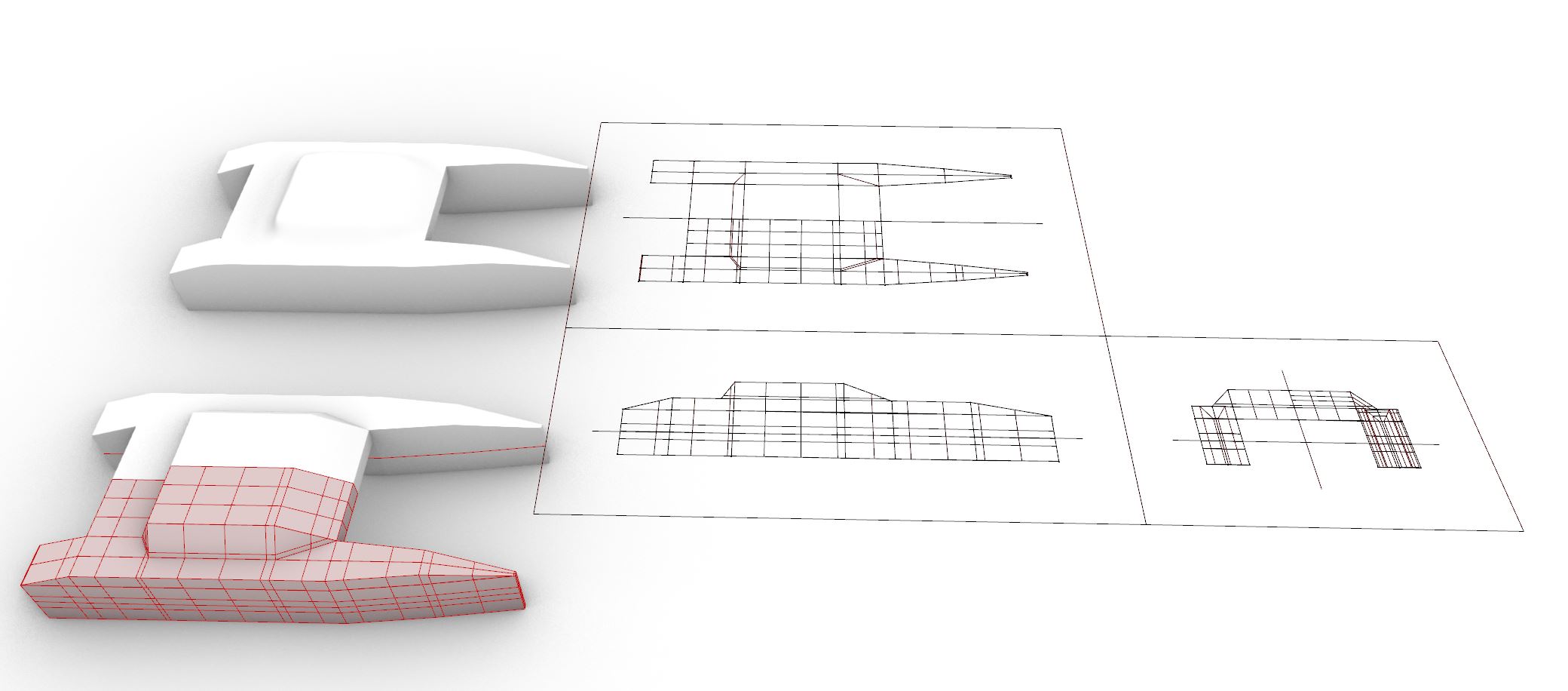 Continuer la lecture de Grasshopper – Swordfish tutorial – 02
Continuer la lecture de Grasshopper – Swordfish tutorial – 02
